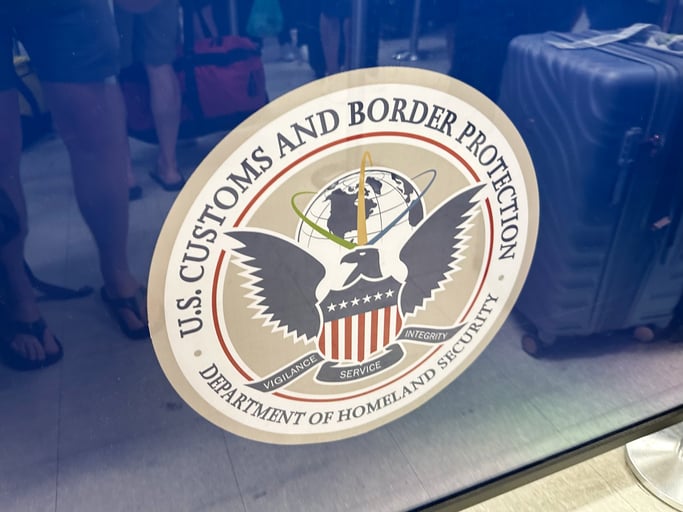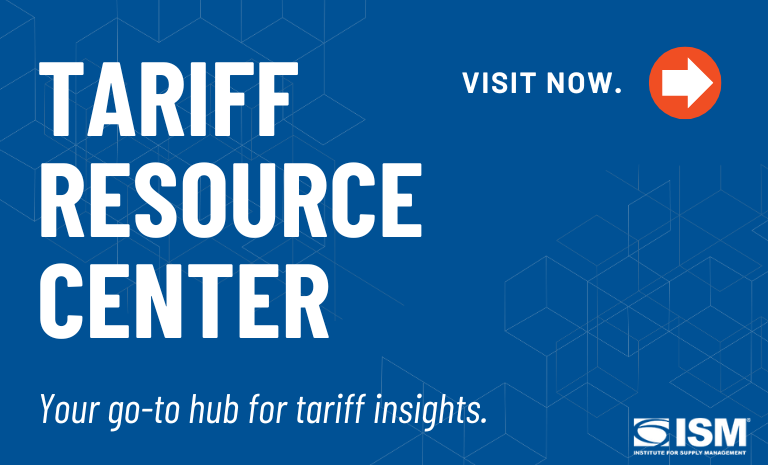New Strategies Allow Retailers to Stay Ahead of UFLPA Risks

U.S. Customs and Border Protection (CBP) has aggressively enforced the Uyghur Forced Labor Prevention Act (UFLPA) since the law went into effect in 2022.
According to its online UFLPA dashboard, CBP has detained more than 16,000 shipments valued worth nearly US$3.7 billion. These detainments haven’t been limited to textiles, as some had expected. CBP has also aggressively targeted electronics, automotive parts, aluminum and solar components.
What’s made UFLPA compliance so challenging for retailers is the structure of global sourcing. Retail supply chains are vast and deeply interlinked, often spanning hundreds or thousands of suppliers across tiers and continents. Even when companies believe they’ve mapped their supply chains accurately, they’re routinely blindsided by sub-tier connections they didn’t know existed.
Leveraging Intelligence
Risk under the UFLPA doesn’t typically sit with a direct supplier — it hides two or three levels deeper, through shared facilities, shell subsidiaries or labor transfer programs that never appear on a bill of lading. As a result, CBP has applied more pressure on importers to substantiate the full chain of custody for goods, not just at the point of entry.
To meet that burden, traditional supplier questionnaires or point-in-time audits no longer suffice. Identifying obscured risks requires complicated entity resolution — disambiguating names and affiliations to surface risks not evident in customs records or supplier declarations.
Thankfully, brands and retailers can leverage third-party intelligence that has already done this work at scale. Global risk analytics provider Kharon, for example, has standardized a process of collecting and analyzing data from obscure sources — Chinese-language corporate records, regional labor transfer contracts, public tenders, shipping data and more — to expose the indirect links that often go undetected.
In one case, its intelligence flagged a textile facility in the Jiangsu province that, while not on any sanctions list, was shown to share space with a Xinjiang-linked entity and had received workers through a government labor relocation initiative. These are the kinds of exposures that evaded detection in the past but are now clearly within reach, thanks to third-party intelligence.
When embedded directly into sourcing workflows, this kind of intelligence can flag red flags before goods are even ordered — preventing problems before they lead to detentions or reputational damage.
Information Must Be Timely
The same open-source and trade data used by CBP to detain shipments is now accessible to brands — meaning the tools to anticipate enforcement are within reach, not reserved for regulators.
But to be effective, intelligence can’t live in spreadsheets or be siloed in legal departments. It must reach the people making supplier decisions, issuing POs and onboarding vendors. And it must be timely, because enforcement patterns shift monthly, even weekly, as new entities are exposed or as geopolitical events trigger new investigations.
Programs such as TradeBeyond that offer forced labor risk assessments can be integrated directly into the supply chain platform that top brands and retailers are already using to manage their sourcing and supplier relationships.
That means when a supplier has a potential exposure to forced labor, it’s automatically flagged across the network. Sourcing managers see it in their day-to-day dashboards. Compliance officers see the risk scored in context. Stakeholders are alerted not after an order is placed, but before one is even considered.
Real Implications and Earlier Detection
In a retail environment where lead times are tightening and margins are narrow, the cost of a surprise detention — both in dollars and brand trust — is staggering. Retailers can no longer afford to operate on assumptions of compliance. The new standard is traceable, documented, and dynamic.
Traceability isn’t just about knowing where goods came from. It’s about (1) proving, with evidence, that every actor in the chain is clean and (2) being able to demonstrate that fact at any time, under audit or detention.
That’s why integrating risk intelligence into supply chain platforms is no longer optional. It’s the only scalable way to manage UFLPA compliance in an enforcement climate that expects importers to show, not tell.
Forced labor is not an abstract policy issue. It’s a human rights violation with real victims. Without transparency, there is no accountability. Technology makes this accountability possible. When intelligence flows across the entire value chain, from sourcing to compliance to production, companies can not only stay ahead of regulation but lead with responsibility.
That’s the future of ethical sourcing: It starts with knowing more, sooner.

